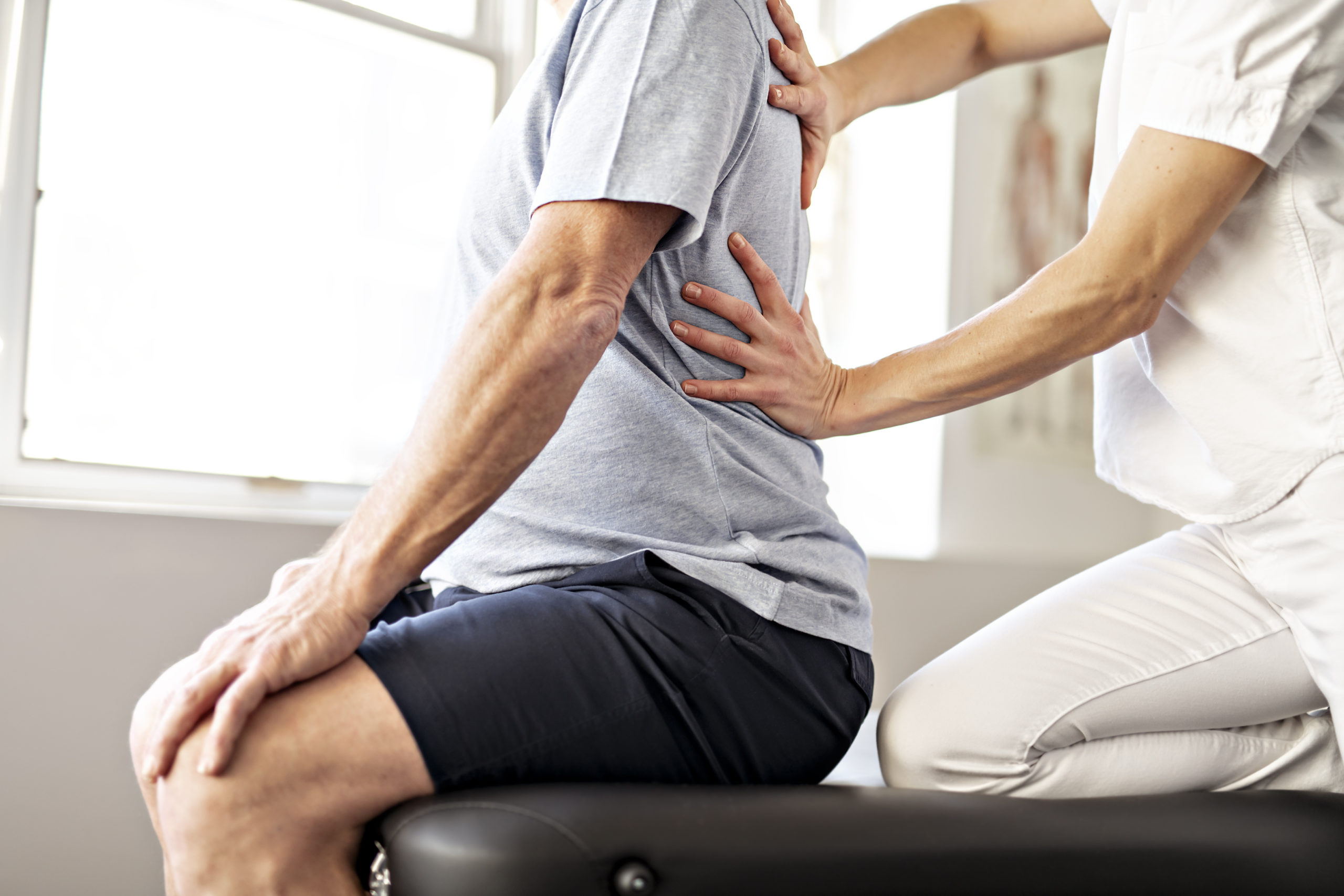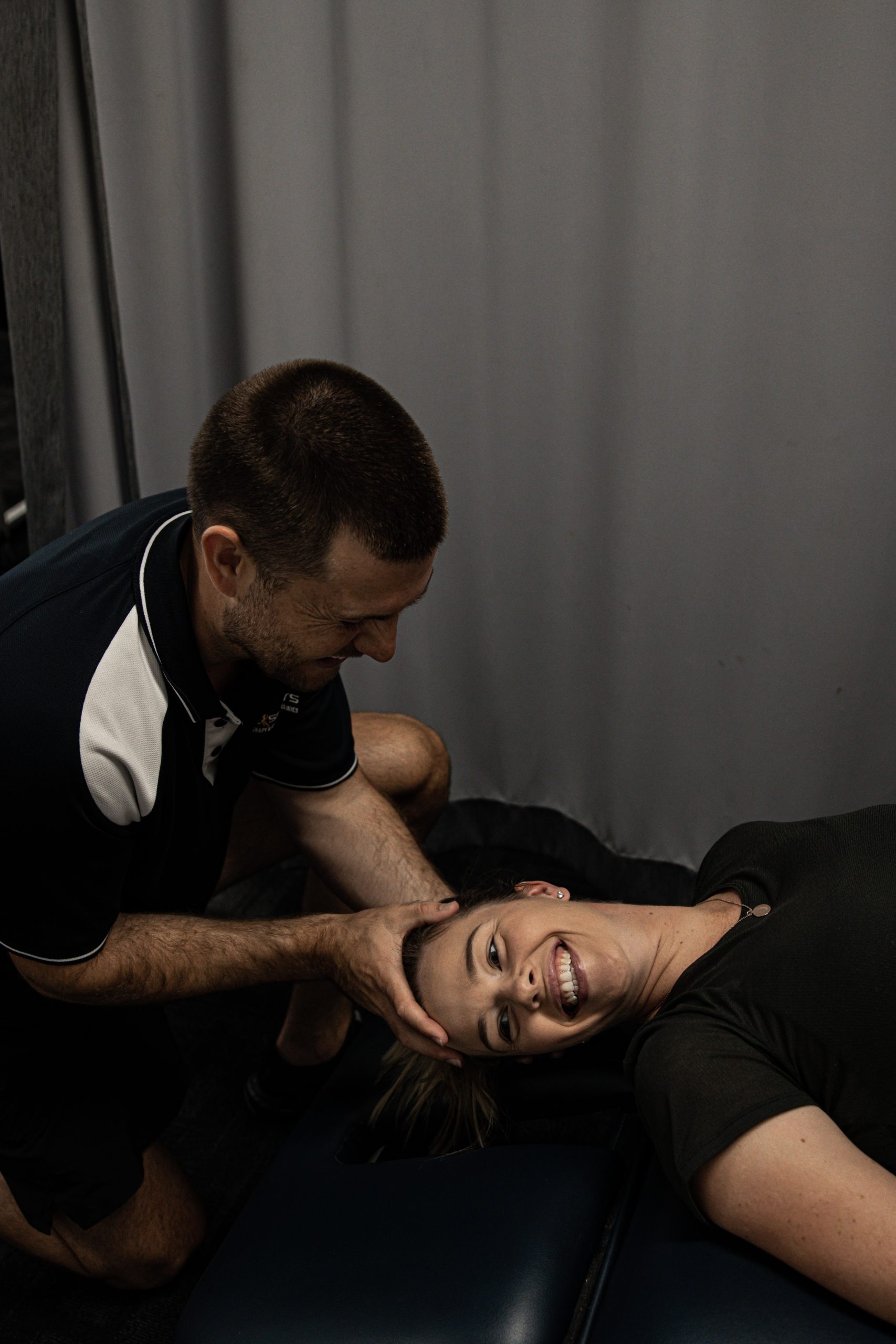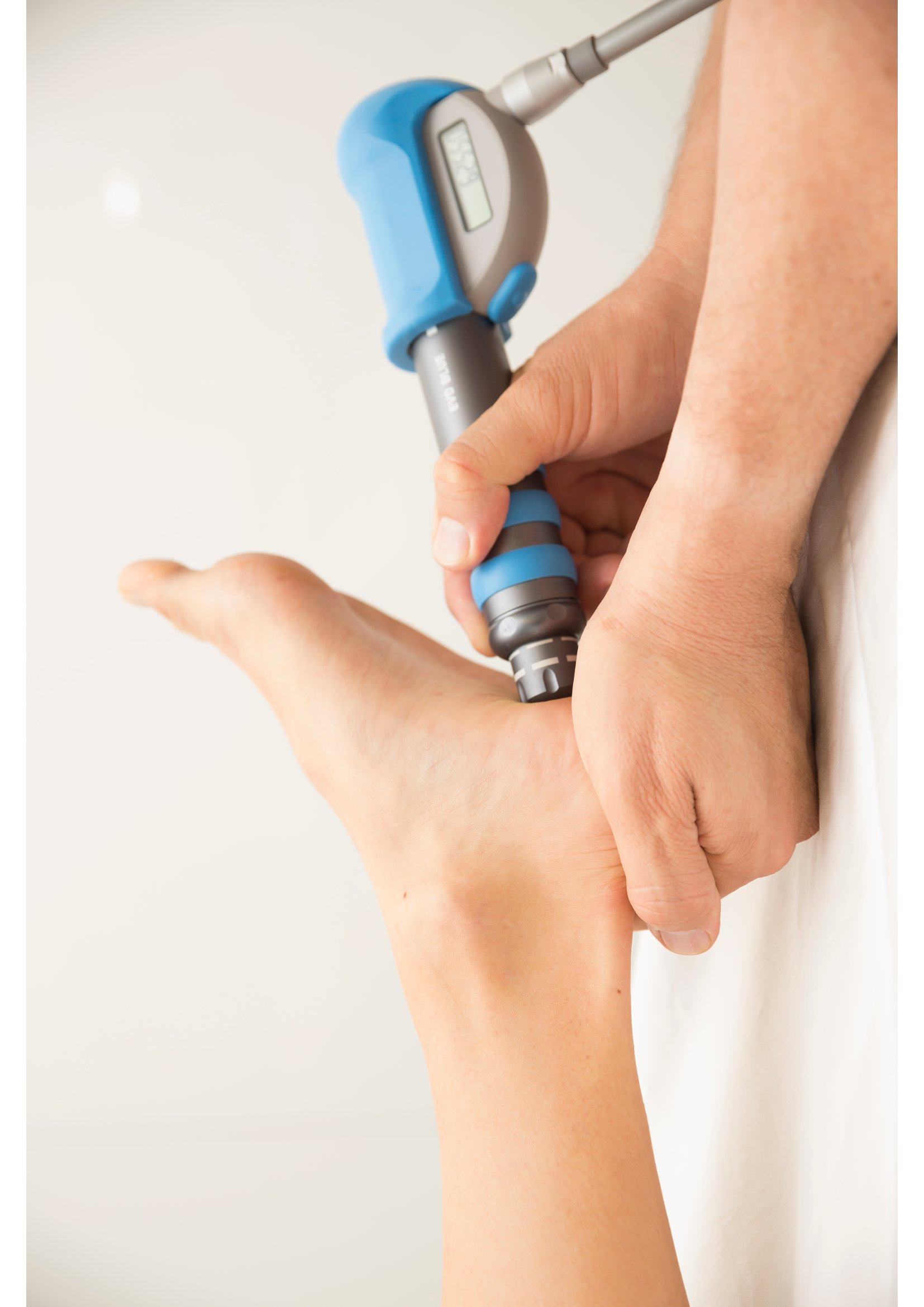
In our daily lives, the significance of muscle strength often goes unnoticed until we experience pain or injury. Whether it’s carrying groceries, lifting a child, or pushing a lawn mower, muscle strength plays a crucial role in preventing injuries and enhancing overall well-being. In this blog, we’ll delve into the everyday applications of muscle strength and how incorporating strength training into our routines can make a significant difference to our overall health and performance. Read more





 Looking for a workout that includes fun, fitness and challenges mind and body? Pilates may be your answer.
Looking for a workout that includes fun, fitness and challenges mind and body? Pilates may be your answer. 



